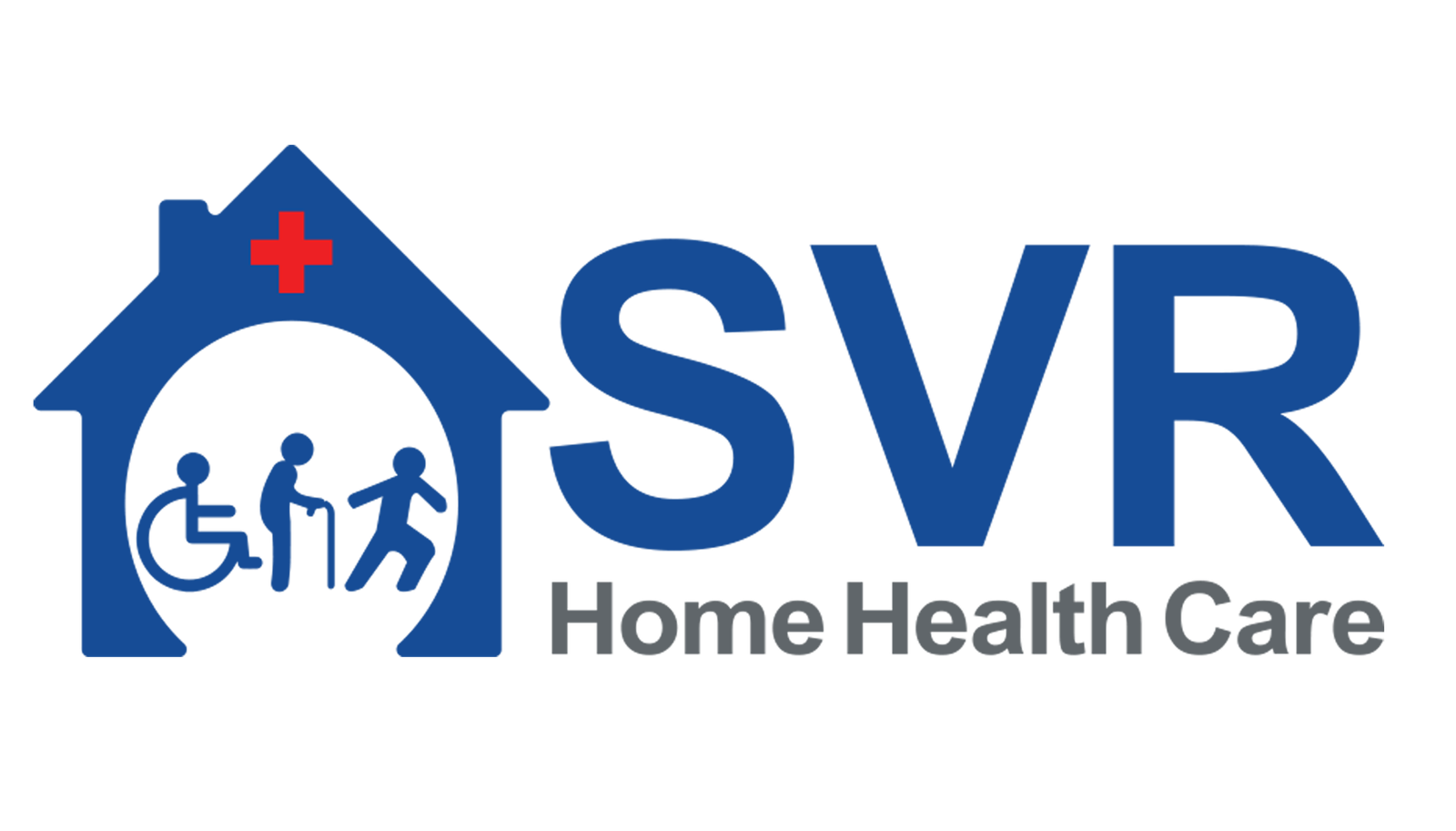IV fluid management at home typically involves the administration of intravenous fluids outside of a clinical setting, often under the guidance of a healthcare professional. This may be necessary for individuals with certain medical conditions that require regular hydration or medication delivery via intravenous routes. The process involves the careful monitoring of fluid intake and output, as well as the maintenance of proper sterile techniques to prevent infections.
Patients receiving IV fluids at home often have chronic illnesses such as kidney disease, dehydration, or certain types of cancer. The goal is to provide them with the necessary hydration and nutrients to maintain their health and quality of life.
Key aspects of IV fluid management at home include:
- Prescription and Evaluation: A healthcare provider prescribes the type and amount of fluids needed based on the patient’s condition, medical history, and individual needs. Regular evaluations are conducted to assess the effectiveness of the treatment and make any necessary adjustments.
- Equipment and Supplies: Patients typically receive training on how to use IV equipment safely and effectively. This may include IV bags, tubing, needles or catheters, and infusion pumps if necessary. It’s crucial to ensure that all equipment is clean and sterile to prevent infections.
- Hydration Monitoring: Patients or caregivers are often instructed to monitor fluid intake and output, as well as signs of dehydration or fluid overload. This may involve keeping track of urine output, body weight, vital signs, and symptoms such as thirst, dizziness, or swelling.
- Complications Management: Patients should be educated about potential complications associated with IV therapy, such as infection, infiltration (fluid leaking into surrounding tissues), or air embolism. They should know how to recognize and respond to these complications promptly.
- Follow-up and Communication: Regular follow-up appointments with healthcare providers are essential to monitor progress, address any concerns or complications, and adjust treatment as needed. Open communication between patients, caregivers, and healthcare providers is crucial for successful IV fluid management at home.
Overall, IV fluid management at home requires careful coordination between patients, caregivers, and healthcare providers to ensure safe and effective treatment while maintaining the patient’s comfort and quality of life.



